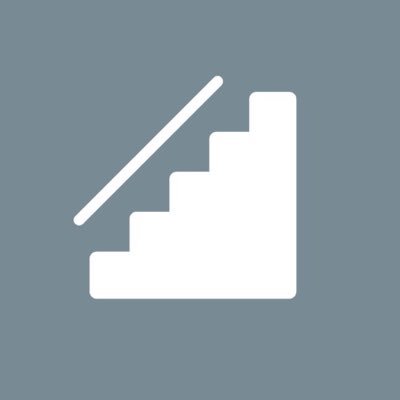How To Prepare for a Product Designer Interview
Imagine your favorite product without any design. You probably can’t. And that’s because design is all around us, even if seemingly invisible. Product design expresses the brand, tone, and user experience of a product. Everything from when you first find out about a product, to using it and sharing it with friends involves some sort of product design. Every time you use an app or product, you’re being guided through a design journey that enriches your user experience. Product designers play a significant role in shaping that journey and help to curate user interfaces and experiences for users while closely working with engineering teams.
What to expect in a product designer interview
Product designers can expect to go through a couple of steps in their interviews even prior to any hands-on design exercises. The format will usually closely mirror something like the following:
- Initial Screening Call
- Portfolio Review
- Live Design Exercise
- Take Home Design Exercise (Higher Fidelity)
The very first step will usually entail an initial screening call to learn about your background and work experience. If they like your work, the company may want to do a portfolio review of some of your design work. This is where it’s a good idea to have a Figma or online board of designs ready to share. Your interview may dig deeper into a specific project or design to get a better idea of how you contributed to it. The next step after a portfolio review is typically a live design exercise where you work through a design problem with your interviewer. Since it’s usually time-limited, the expected output would likely be a lower fidelity design addressing the problem at hand. However, to test the full design skillset of an individual, companies also issue take-home case studies where they’d like to see higher fidelity design
What to practice before a product designer interview
As a product designer, you’ll be distilling product goals from broader design problems and case studies. Practicing the process of narrowing down the problem to a list of user goals can be very beneficial for your interviews. It’ll help you think on your feet and the more exercises you do the faster and better you’ll get. You’ll also want to be comfortable creating both low-fidelity mockups and high-fidelity deliverables within limited amounts of time. Learning to rapidly prototype in software tools such as Figma or Sketch will pay off manyfold as you go through the design interview process.
What questions to ask in a product designer interview
Asking clarifying questions in your interview demonstrates your ability to break down a problem and better understand the requirements. Be sure to ask about overarching product goals as well as any constraints around the stated problem. Once you have a clear idea of the problem and who the user for the product is, you can begin designing a solution. During the interview, suggesting alternatives and asking about specific needs will help you design a complete solution based on. After an interview, ask about additional use cases and request feedback on your design.
What are hiring managers looking for in a product designer
Most hiring managers are looking for product designers who are able to creatively express their ideas while staying within the scope of the problem. Since product designers usually work with engineers and other team members to execute their designs, hiring managers value effectiveness as a collaborator within a team setting. Strong communication skills and the ability to take feedback are big factors that interviewers will look for. It often takes many iterations to complete a design which makes it important for a product designer to be flexible.
Other questions a hiring manager may be thinking about:
- Are you able to change your design on the fly given unexpected roadblocks?
- Are you creating designs keeping in mind engineering limitations?
- Will your design accommodate different scenarios?
It’s important to think about these questions and ensure that you’re able to answer them.
How to stand out in a product designer interview
Product designers who champion the user and are able to put themselves in their shoes when designing, signal a strong understanding of the design process. Successful product designers are often opinionated as well and are able to provide reasoning behind nuanced design decisions they make to solve the problem. Great product design uses a combination of novel concepts and natural human behavior to produce seamless user experiences.
Being able to quickly craft a design is a huge plus as well. Speed allows you to make more iterations and get to a more complete design, especially within a limited time frame. In an interview, other aspects such as distinguishing and designing around happy cases versus sad cases when designing a product (which can represent different states of an application) will allow you to demonstrate you’ve thoroughly thought out different user situations.
What sort of salaries can I expect as a product designer
Product designers are paid very competitively within the tech industry.
You can view salaries and filter by different locations, companies, and more over on our Product Designer salary page.
Stay up to date on salary trends, career tips, and more.
